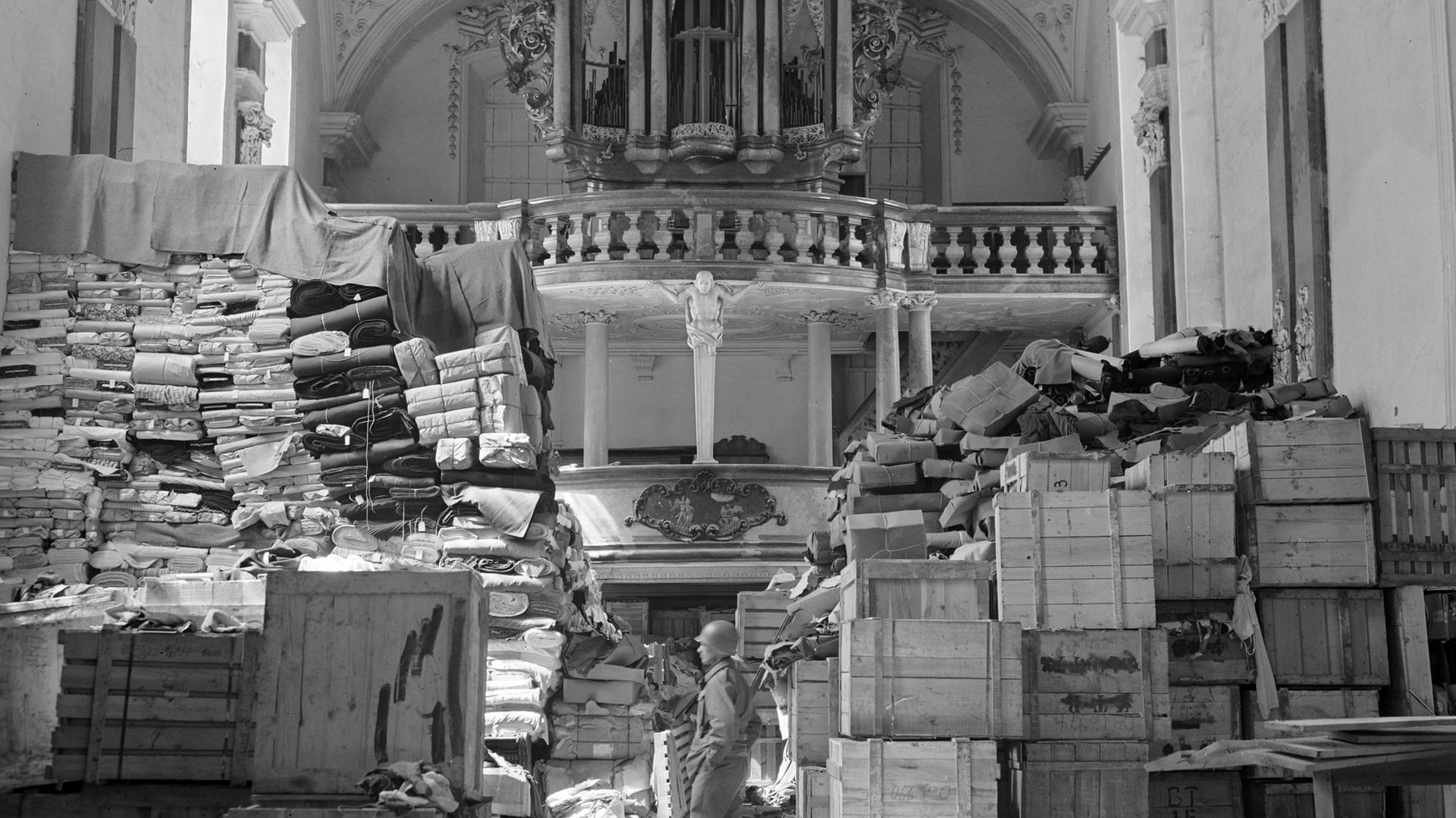American heirs left to battle for Nazi-looted art in the courts
Bloomberg reports that the US government has abandoned plans to have an official panel help Jewish heirs find art looted by the Nazis. The news follows a one-day meeting in The Hague with panels from the UK, Austria, the Netherlands, Germany and France, set up to manage numerous art claims over what has been described as the “biggest art heist in history.” Members of the five panels and other experts met to discuss their progress.


Bloomberg reports that the US government has abandoned plans to have an official panel help Jewish heirs find art looted by the Nazis. The news follows a one-day meeting in The Hague with panels from the UK, Austria, the Netherlands, Germany and France, set up to manage numerous art claims over what has been described as the “biggest art heist in history.” Members of the five panels and other experts met to discuss their progress.
During the war, the Nazis stole hundreds of thousands of works of art from Jewish private collections. Thousands have been returned to national governments, or ended up in museums—many without the consent or knowledge of their rightful owners. Some progress has been made to return the art. Some governments, for example, have set aside normal statute of limitation periods. Still, it’s estimated that tens of thousands of works of looted art, have not been returned. Check out this searchable database here.
In 1998, the Washington Conference on Holocaust Era Assets in Washington, DC, established a plan to help resolve issues related to Nazi-confiscated art. The plan, signed by 44 countries and known as the Washington Principles, called for creating commissions to identify art confiscated and help people get it back. In cases where it’s impossible to return the art, the deal called for “a just and fair solution” to resolve the dispute. Fourteen years after signing the agreement, the Americans are backing down.
Douglas Davidson, the US Special Envoy for Holocaust Issues announced at the conference yesterday that the plan proved “easier to describe than to realize” and there were too many obstacles including too few state-owned museums involved, and no culture ministry to which the panel could report.
The news leaves heirs in the US to mostly pursue claims in court. It’s an unwelcome option given that the crimes happened a long time ago, and because the lawsuits typically cost more than the value of the art in question.
Americans can still apply for help to the European panels, but only if the art being sought fits the various panels’ requirements. For example, the Austrian panel only deals with art held in the national collection, according to Evelien Campfens, Director of the Restitutions Committee in The Hague, while the panel in the Netherlands pursues art with a Dutch connection.
Most art not connected to these countries would have to be pursued through a court. Some of the panels are more powerful than others as well, and are already busy handling hundreds of other cases. The number of cases is expected to steadily rise for another two decades or more.